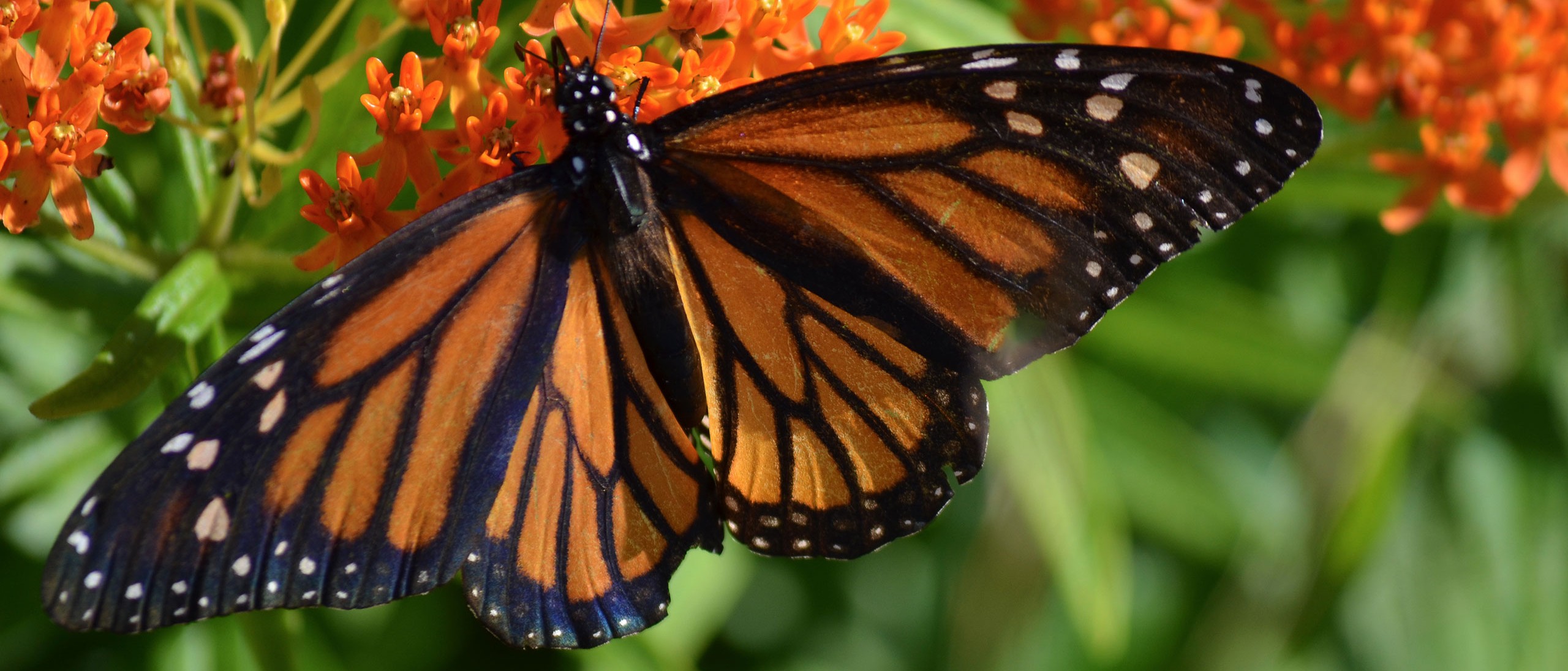
About Butterflies
“Splendor awaits in minute proportions” – E.O. Wilson, Biologist
The ephemeral beauty of the butterfly and the peculiarity of its life cycle symbolize transformation in nature and the passage of time. In some languages, the word for “butterfly” is the same as that for “soul.”
Conservation
Like all living organisms, butterflies suffer from a loss of habitat. A habitat is built on a complex network of relationships which are delicately balanced and easily disrupted. Removing a species or even introducing just one foreign species to a given habitat can set off a chain reaction that endangers a whole ecosystem that was once perfectly in balance.
Habitat destruction, the result of deforestation, pollution, land development, modern farming practices, and indiscriminate use of pesticides, among other things, jeopardizes the survival of many species of butterflies and plants. Many butterfly species depend on a single species of plant for food, while most plants rely on butterflies and other insects for pollination.
There is no question that we need to preserve existing habitats, but we can also begin to reestablish habitats and increase diversity by integrating native plants into the landscape, both on a large scale and in our own backyards.
A garden of native plants represents a return to a natural and evolving system. Encouraging a community of select plants and insects to thrive in your garden will actually reduce the need to apply pesticides and herbicides since nature provides its own system of checks and balances. Using plants adapted to existing moisture conditions reduces stress on water resources. Creating a situation that emulates nature will give way to an environment that is self-regulating and eliminate the need for excessive cultivation, maintenance and pest control.
More than 700 species of butterflies can currently be found in the U.S. Their habitats may be defined by the dominant plant life and relative wetness of the area in which they live. Forests, treeless regions (prairie, tundra, fields, or any open, sunny area) and wetlands are three major habitat divisions. In the Smithsonian Butterfly Habitat Garden, these divisions are represented by a Woodland Edge, a Wetland, a Meadow, and a Backyard or Urban Garden. Each is designed to support the life cycle of a number of local species of butterflies.
Life Cycle
A butterfly passes through several distinct stages in the course of its life. This type of development is called complete metamorphosis. Understanding a butterfly’s life cycle is an important part of successful butterfly gardening
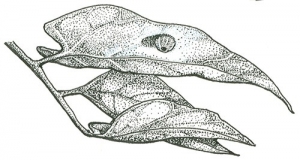
A female butterfly usually deposits her eggs on a leaf, singly or in clusters. She can lay up to 1,600 eggs in her lifetime, and is usually particular about the plants she uses. Most species have adapted to feeding on one or a few closely related plants. Just as with a bird egg, the butterfly embryo is nourished by the yolk. The shape and color of an egg varies widely according to the species.
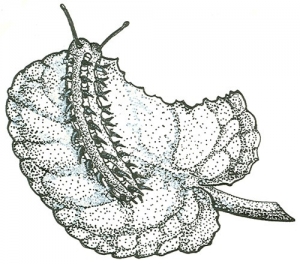
Butterfly larvae, or caterpillars, hatch from the egg in 5-10 days, then feed voraciously on their host plants. The body of a larva includes a head with tiny simple eyes and chewing mouthparts, a thorax with three pairs of legs, and an abdomen with prolegs that disappear in later stages. As the larva grows, it must periodically replace its skin. Each time it sheds the old skin it becomes a new instar with a larger exoskeleton. A larva will usually pass through four to five, and as many as seven, such instars.
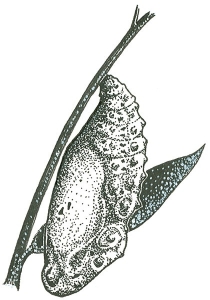
When the time is right, according to physiological and environmental cues, a larva stops feeding and prepares to form a chrysalis, or pupa, in which the transformation from larva to adult butterfly takes place. The caterpillar will hang from a leaf or twig facing down, attached by a silk pad. It may also spin a silk sling around its thorax for extra security. Inside the chrysalis, the larval tissues break down and adult organs develop.
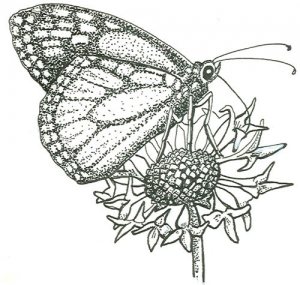
A newly emerged adult butterfly must pump hemolymph (insect blood) into its limp, wet wings. Once the wings take shape and harden, it can begin feeding and pursuing a mate. Like all insects, the adult butterfly has three main segments and a tough exoskeleton. A coiled tube known as the proboscis extends from the head like a straw to sip nectar. Large compound eyes allow 180 degrees of vision. Club-shaped antennae are used as feelers, for picking up scent, and for orientation. The thorax bears three pairs of segmented legs and two pairs of wings. The abdomen contains most of the organs for digestion, respiration, excretion, and reproduction. Depending on the species, the lifespan of an adult butterfly varies from one week to several months.
Butterfly Wings are for
- Flight- Rapid contraction and relaxation of opposing pairs of muscles in the thorax allows for mobility.
- Migration- Butterfly species that cannot endure freezing temperatures during any stage of their life cycle must migrate south. In the case of the Monarch, survival depends on its ability to fly to food sources in Southern California or Central Mexico.
- Courtship- Partner recognition and display.
- Temperature regulation– Absorbed heat-energy is circulated throughout the body.
- Protection– Wing colors often protect butterflies from danger by providing camouflage or by startling predators. The colors and complex patterns we admire and use as tools to identify butterflies are formed by tiny scales that overlap like shingles on a roof.
Butterfly Behaviors to Look For…
Basking–
All cold-blooded animals rely on the sun’s energy to regulate their temperature. Butterflies can be found basking with their wings exposed to the sun in preparation for flight.
Puddling–
Adult males often cluster in wet sand or muddy areas to drink. It is believed they are extracting extra minerals, especially salts. They may also land on our skin in hot sweaty weather.
Courtship and Mating–
Male butterflies locate females of the same species by passively perching at a lookout point, or by actively patrolling an area. A male butterfly may “drop” a female to the ground; as the mating ritual continues, he rubs his scent glands on her antennae as a further measure of acquaintance. Mating will commence if the female is receptive to these actions
